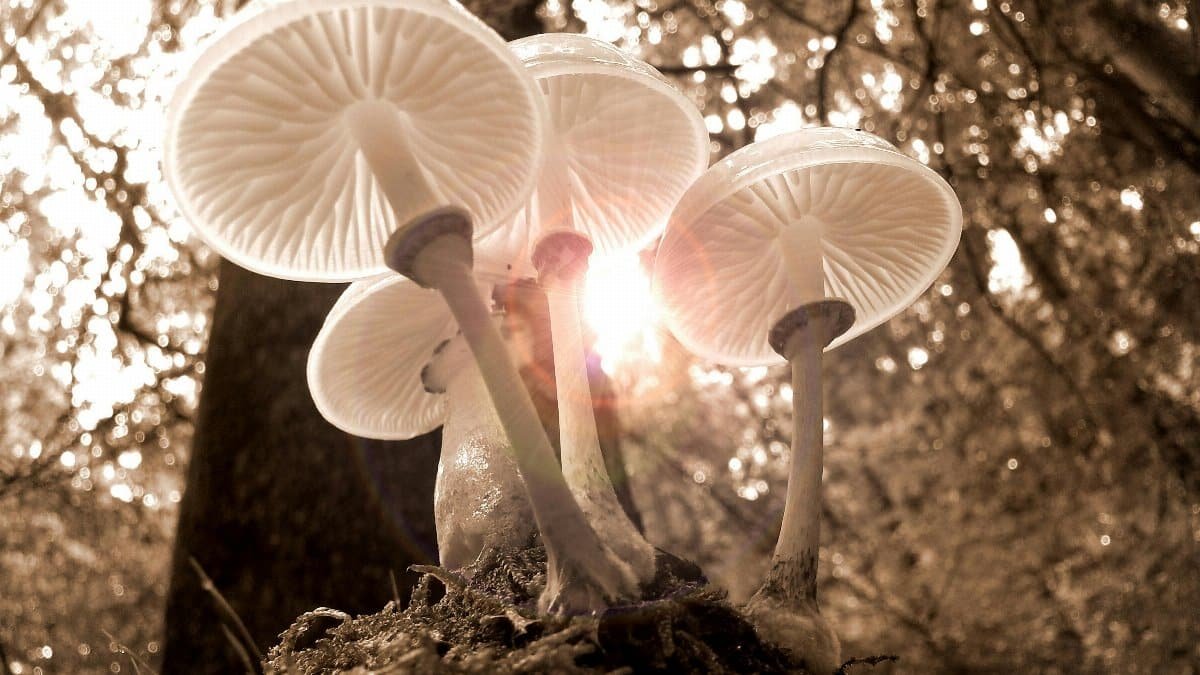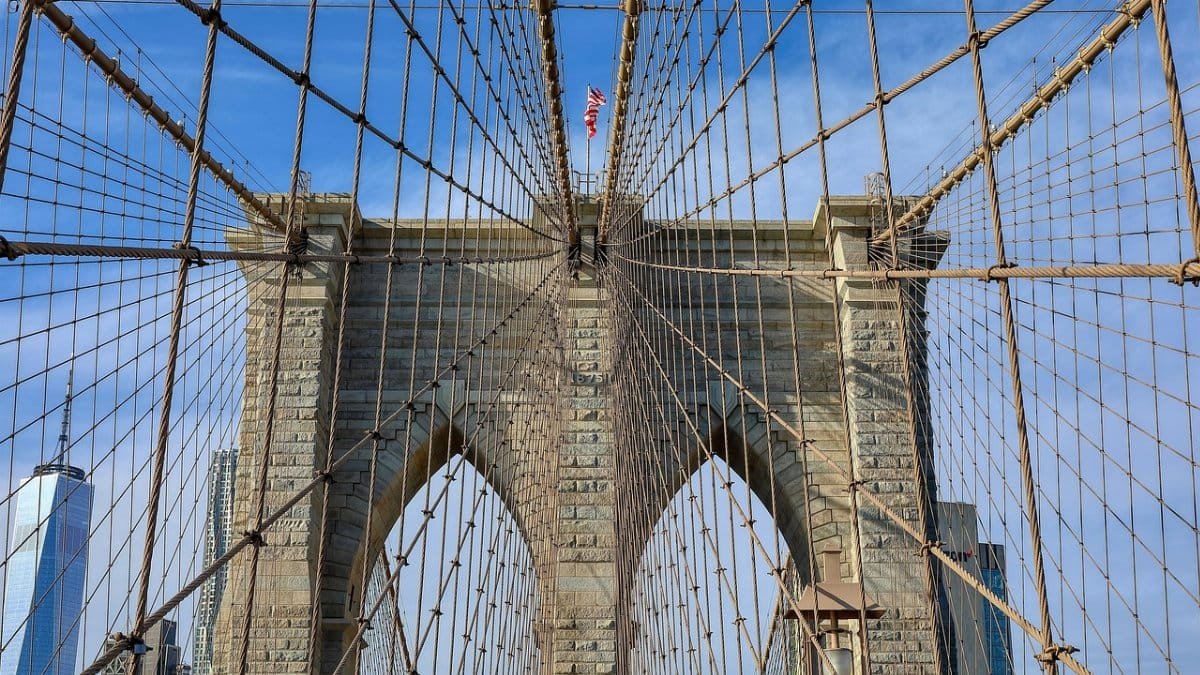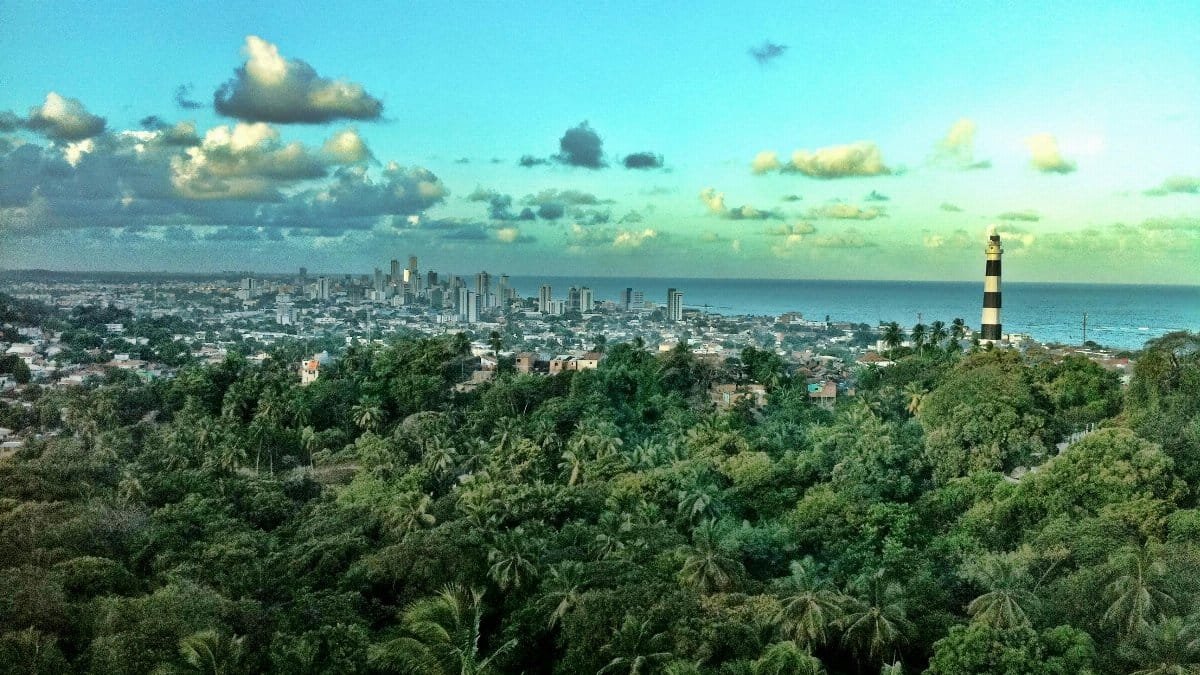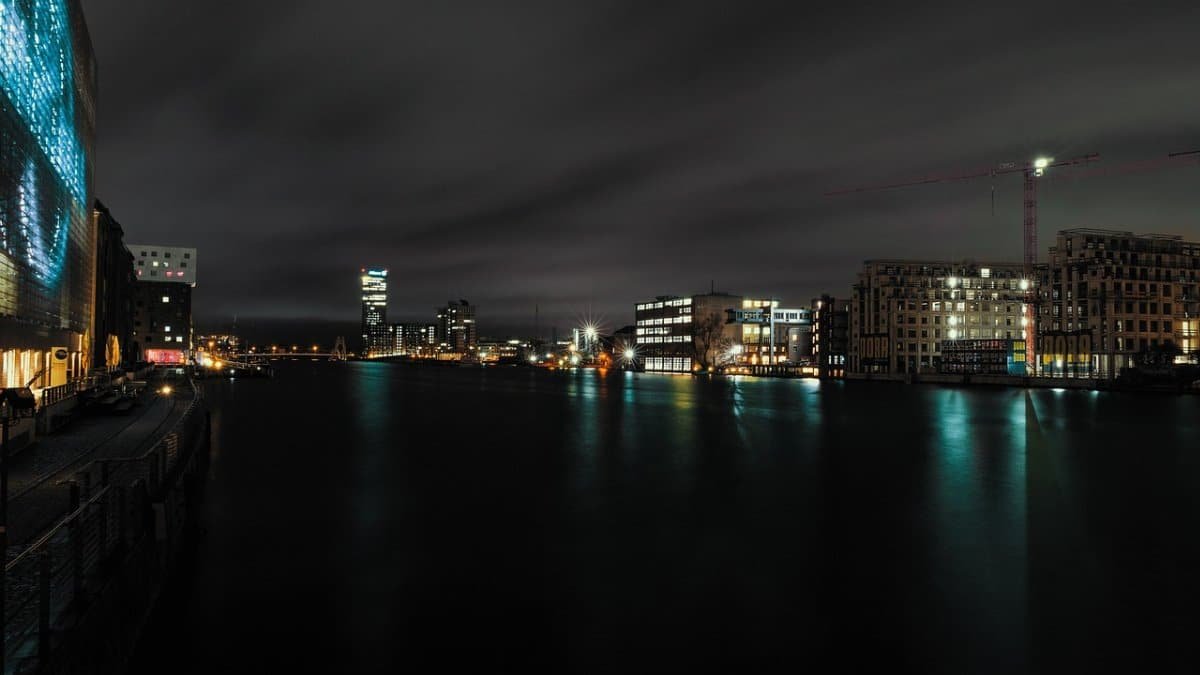Could a simple walk in the woods be the antidote to the relentless grind of city life? In an era where screens dominate and stress seems inescapable, the ancient Japanese practice of Shinrin-yoku, or forest bathing, emerges as a quiet rebellion against urban burnout. This isn’t about hiking or exercise—it’s about immersion, a deliberate slowing down to absorb the sights, sounds, and smells of nature. The concept of forest bathing as a cure for urban burnout isn’t just folklore; it’s a secret backed by science, promising relief for frazzled nerves. As more Americans grapple with mental overload in 2025, this practice offers a tangible escape, a way to reconnect with something primal and healing. From bustling metropolises to suburban sprawl, the idea is gaining traction, whispering a reminder that sometimes the best medicine grows on trees.
The Roots of Forest Bathing

Shinrin-yoku translates directly to “forest bath,” a term coined in Japan during the 1980s. It was born out of a national health initiative to combat stress among overworked urbanites. The Japanese government, recognizing the toll of rapid industrialization, encouraged citizens to step into nature as a form of preventative care. Forests weren’t just scenic—they were therapeutic spaces. Studies soon followed, showing measurable drops in cortisol levels after time spent among trees. This wasn’t mysticism; it was biology. The practice tapped into something ancient, a human need for green spaces that predates concrete jungles.
Fast forward to today, and the idea feels almost radical in its simplicity. In a world of quick fixes and digital detoxes, forest bathing demands no apps, no subscriptions—just presence. It’s a reminder of how far we’ve strayed from the environments that shaped us as a species.
Urban Burnout: A Modern Plague

Cities pulse with opportunity, but they also breed exhaustion. The constant hum of traffic, the glare of artificial light, the pressure to keep up—it wears on the mind and body. A 2023 study from the National Institutes of Health found that urban dwellers report higher rates of anxiety and depression compared to rural counterparts. The reasons are complex, but sensory overload plays a starring role. Our brains aren’t wired for nonstop stimulation.
Take Sarah, a 42-year-old marketing manager from Chicago. She described her days as a blur of deadlines and notifications, leaving her drained by evening. “I didn’t even realize how tense I was until I couldn’t sleep anymore,” she admitted. Her story echoes a broader trend—urban burnout isn’t just a personal failing; it’s a structural reality for millions in 2025.
How Forest Bathing Works Its Magic

Forest bathing isn’t about covering miles or burning calories. It’s slow, intentional. You wander through a wooded area, letting your senses guide you. Notice the rustle of leaves underfoot. Breathe in the earthy scent of moss. Watch sunlight filter through branches. Research from Nature Scientific Reports shows this kind of immersion lowers blood pressure and boosts mood through natural chemicals like phytoncides, compounds trees release that humans inhale. The effect is almost immediate—a calming of the nervous system.
Unlike a gym session, there’s no goal here. You’re not striving for anything. That lack of agenda is precisely why it counters the hyper-productivity of urban life. It’s a permission slip to just be.
A Growing Movement in America

While forest bathing has deep roots in Japan, it’s sprouting across the U.S. as a cure for urban burnout’s secret toll. Organizations like the Association of Nature and Forest Therapy Guides are training facilitators to lead group sessions in parks from Seattle to New York. These aren’t rugged wilderness treks—many happen in accessible urban green spaces. A recent survey by Pew Research Center noted a 30% uptick in Americans seeking nature-based wellness practices since 2020. The pandemic, with its cabin fever, likely fueled the shift.
Online, the buzz is palpable. One anonymous account shared publicly how a single forest bathing session felt like “hitting a reset button” after months of Zoom fatigue. The sentiment resonates—nature is becoming less a luxury and more a lifeline.
Challenges of Bringing the Forest to the City

Not everyone can escape to a national park on a whim. Access to nature is a privilege, often tied to income and location. In densely packed cities, green spaces can be scarce or poorly maintained. A report from the U.S. Department of Agriculture highlights how low-income neighborhoods frequently lack adequate tree cover, exacerbating stress and heat-related health issues. For many, forest bathing feels like a distant dream.
Yet, solutions are emerging. Community gardens, rooftop greenery, even small pocket parks are being prioritized in urban planning. Advocates argue that even a short stroll under a single tree can mimic some benefits. The challenge lies in making the forest bathing cure for urban burnout a secret accessible to all, not just those with the means to travel.
Personal Stories, Universal Relief

Consider Mark, a 38-year-old teacher from Atlanta, who stumbled into forest bathing after a particularly grueling semester. He didn’t expect much—just a quiet Saturday in a local park. But halfway through his walk, he noticed his shoulders loosening, his mind clearing. “It was like the trees were listening,” he said with a shy laugh. He’s returned monthly since, carving out time despite a packed schedule.
Mark’s experience isn’t unique. Across age groups and professions, people describe similar shifts—a softening of mental static after time in nature. It’s not a cure-all, but it’s a tool, one that sidesteps the cost and stigma of traditional therapy for some.
Science Meets Soul

Beyond the data, there’s something intangible about forest bathing. It taps into a longing for connection, a counterweight to the isolation of urban life. Scientists can measure reduced heart rates and improved immune function, but they can’t quantify the quiet awe of standing beneath a towering oak. That’s where the practice transcends numbers. It’s a reminder of scale—our problems, however pressing, shrink under a canopy older than our cities.
This duality—hard evidence paired with soft wonder—is why forest bathing endures as a cure for urban burnout’s secret weight. It’s practical yet profound, a bridge between body and spirit. In 2025, as mental health conversations grow louder, this balance feels more vital than ever.
Making It Part of Your Life

Starting doesn’t require a grand plan. Find a nearby park or trail—even a tree-lined street can work in a pinch. Leave your phone behind if you can. Set aside 20 minutes to an hour. Walk slowly, pause often. Let your attention drift to the texture of bark or the chirp of a hidden bird. There’s no right or wrong way to do this. The point is presence, not perfection.
If time or access is tight, visualize a forest during a quiet moment at home. Studies suggest mental imagery can mimic some stress-relief benefits. It’s not the same, but it’s a start. The key is consistency—making space for nature, however small, in a life crowded with obligations.
A Quiet Revolution

